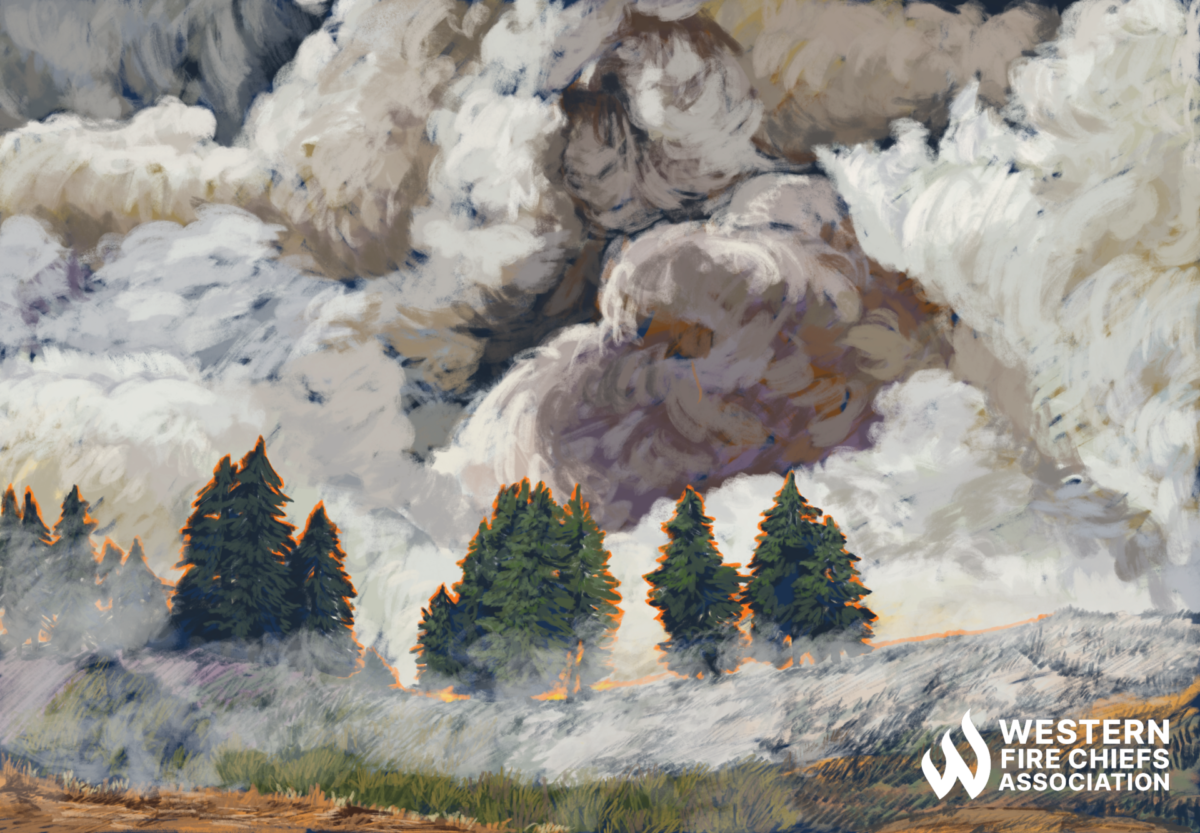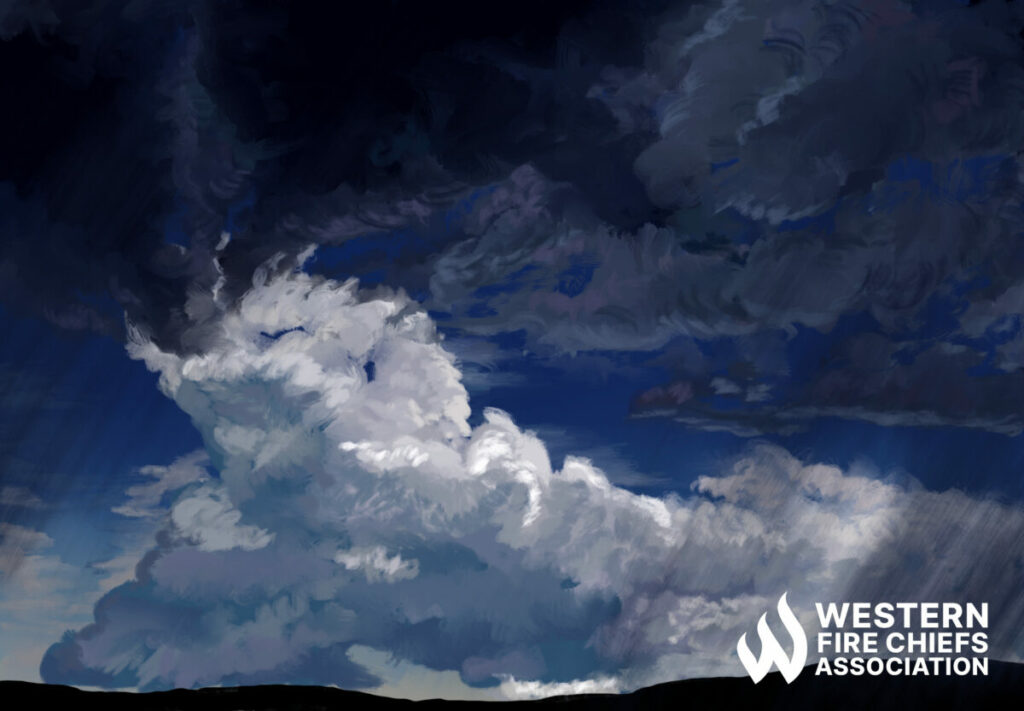Fire Pit Safety Tips
Stay safe around the campfire with tips from the Western Fire Chiefs Association. Learn essential precautions and practices for a worry-free outdoor campfire.
Delve into the impact that wildfires have our atmosphere. Discover how wildfires change our air quality and influence climate patterns with guidance from the WFCA.
Published:September 5, 2023
Edited:March 1, 2024

Delve into the impact that wildfires have our atmosphere. Discover how wildfires change our air quality and influence climate patterns with guidance from the WFCA.
Wildfires create massive amounts of smoke, ash, and gases, which can lead to air pollution and global warming. Wildfires have both short-term and long-term effects on our health and the environment.1 Addressing wildfires and their atmospheric impact is critical.
Wildfire smoke is a complex mixture of gases and particles that can have far-reaching effects. The composition of wildfire smoke fluctuates depending on the type of vegetation burning, the temperature of the fire, and other variables.5
The gases emitted by wildfires, such as carbon dioxide and carbon monoxide, contribute to air pollution and climate change. Carbon dioxide is a greenhouse gas that traps heat in the atmosphere, leading to global warming. Carbon monoxide is a poisonous gas that can be harmful to human health when inhaled in high concentrations.6
Wildfire smoke can also contain volatile organic compounds, which are chemicals that can have both short-term and long-term health effects. These chemicals can irritate the eyes, nose, and throat, while others can cause more serious health problems, including damage to the liver, kidneys, and central nervous system.1
Wildfire smoke has a significant impact on air quality, posing risks to both human health and the environment. In the event of a wildfire in your vicinity, it is likely you will be advised to stay indoors to avoid exposure to smoke. However, smoke can also enter the home and affect indoor air quality. Wildfire smoke contains harmful pollutants, such as particulate matter.
Particulate matter poses a significant health risk as these fine particles can easily enter the respiratory system, causing respiratory issues, aggravating existing conditions like asthma, and increasing the risk of heart and lung diseases. The combination of pollutants in the air reduces air quality, making it unsafe to breathe for extended periods.7
In 2021, a study found wildfire smoke to be the cause of over 33,000 deaths in a single year across 43 countries.2 Monitoring air quality during wildfires is crucial to protect public health. It enables authorities to issue warnings, implement measures to reduce exposure and guide individuals in taking necessary precautions. Remaining well-informed about air quality conditions and adhering to the guidelines set forth by local health agencies are essential steps in reducing the risks associated with wildfire smoke.9

Wildfire smoke can have wide-spread impacts on the atmosphere and weather, extending thousands of miles from the burn area. Smoke can travel long distances, carried by wind patterns. Wildfire smoke diminishes visibility and generates a hazy atmosphere, impacting driving conditions and even aviation operations.10
The intense heat generated by wildfires can cause the release of pollutants from the soil, such as mercury and other heavy metals. These pollutants can then be transported through the air and deposited in other areas, leading to environmental contamination.3
Smoke particles can also affect the formation of clouds and precipitation. The particles can act as cloud condensation nuclei, providing a surface for water vapor to condense around and form clouds. This can result in the formation of thicker and more persistent clouds, potentially leading to changes in rainfall patterns.4
Additionally, the presence of smoke particles can alter the amount and distribution of solar radiation reaching the Earth’s surface. This can lead to changes in temperature and atmospheric stability, which can impact the formation of weather systems and the behavior of storms.9
Understanding the impact of wildfire smoke on the atmosphere and weather is important for predicting and mitigating its effects. Scientists study the composition and behavior of smoke plumes to improve weather forecasting models and develop strategies to minimize the impacts of wildfires on the environment and human health.
Stay safe around the campfire with tips from the Western Fire Chiefs Association. Learn essential precautions and practices for a worry-free outdoor campfire.
Discover essential firework safety tips to ensure a dazzling display without accidents. Learn how to celebrate responsibly with expert guidance from WFCA.
Explore the role of AI in wildfire prediction with guidance from the WFCA. Learn how advanced algorithms and data analytics enhance early detection and response.